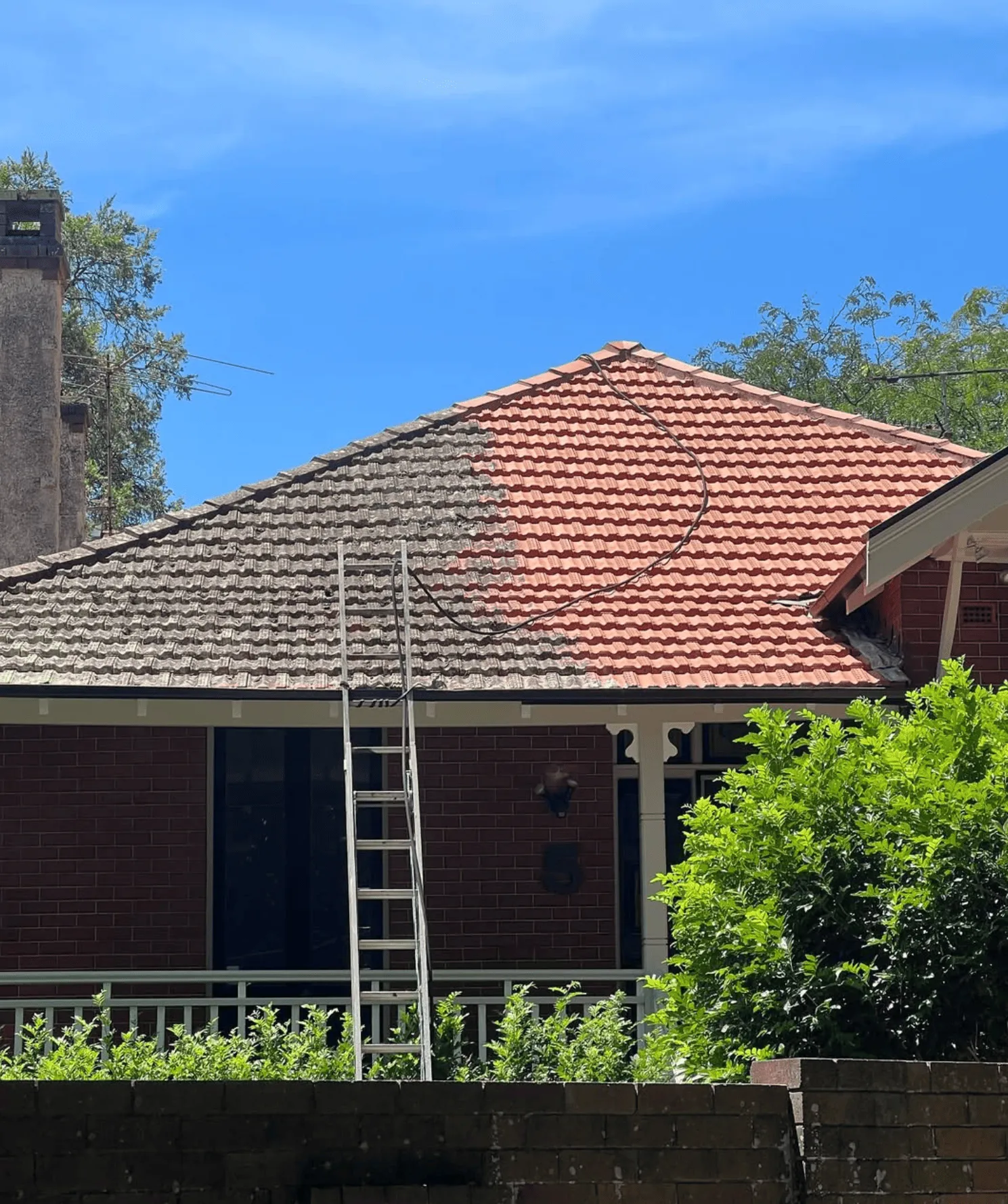Cleaning your roof is more than just about looks; it’s a part of home maintenance that can save you from expensive repairs and extend the life of your roof. How often you clean your roof depends on the climate, type of roofing material and environmental factors like trees and weather. Regular roof cleaning is important to prevent damage and maintain curb appeal and overall home health. In this guide, we’ll look at how often you should clean your roof based on your climate and the specific requirements for different types of roofing materials.
Why Regular Roof Cleaning
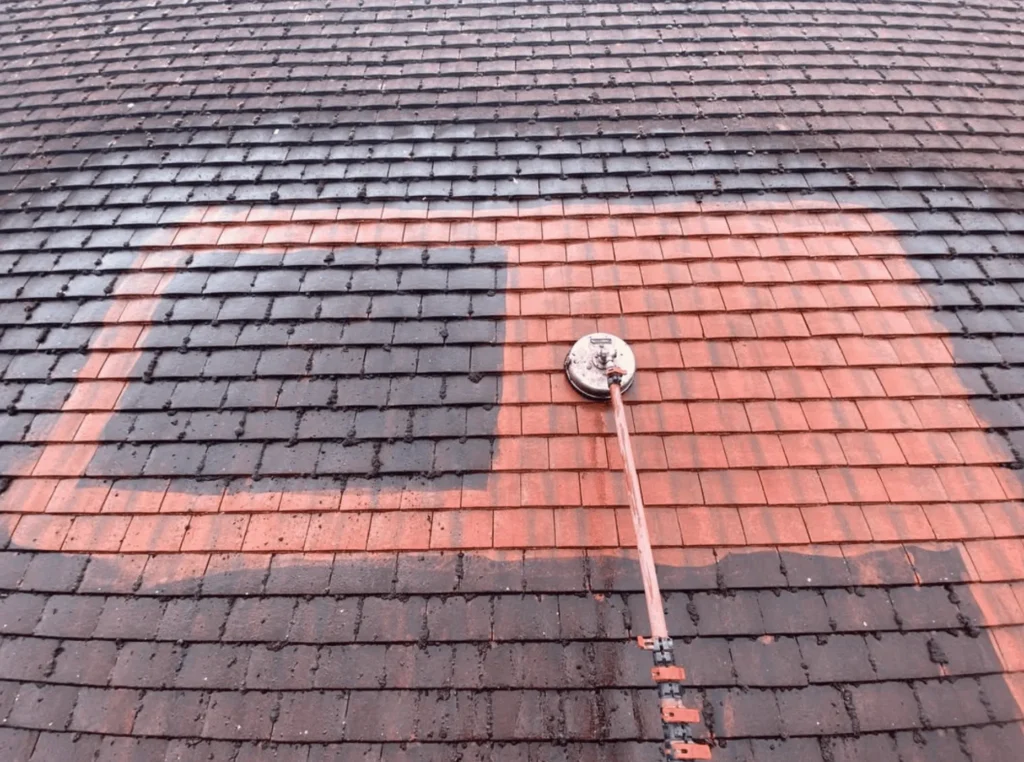
A clean roof looks good but also protects your home from damage. Regular cleaning removes organic material like algae growth, moss growth and debris accumulation that can cause damage over time. Neglect your roof, and you’ll get water damage, stubborn stains and even structural issues that may require expensive repairs or, in extreme cases, a whole new roof. Professional roof cleaning services are recommended to ensure the job is done safely and correctly using the proper cleaning method for your type of roof.
Roof Cleaning Frequency by Climate
Different climates present different challenges to your roof. Here’s how often you should clean your roof based on where you live:
Tropical
Tropical regions have high humidity, heavy rainfall and warm temperatures, creating an ideal environment for algae, moss and mould growth. These biological growths can cover the roof surface quickly and damage roofing materials, especially asphalt shingles. Regular cleaning is necessary to prevent these issues from getting out of hand.
Recommended Cleaning Frequency: Every 6 to 9 months.
Tips for Tropical Climates:
- Soft washing is recommended for asphalt shingle roofs to avoid granule loss and damage to protective granules.
- Use eco-friendly roof cleaning options to remove algae growth and moss growth without harming the environment.
- Regular inspections and cleaning prevent costly repairs by addressing minor issues before they become big problems.
Arid/Desert Climates
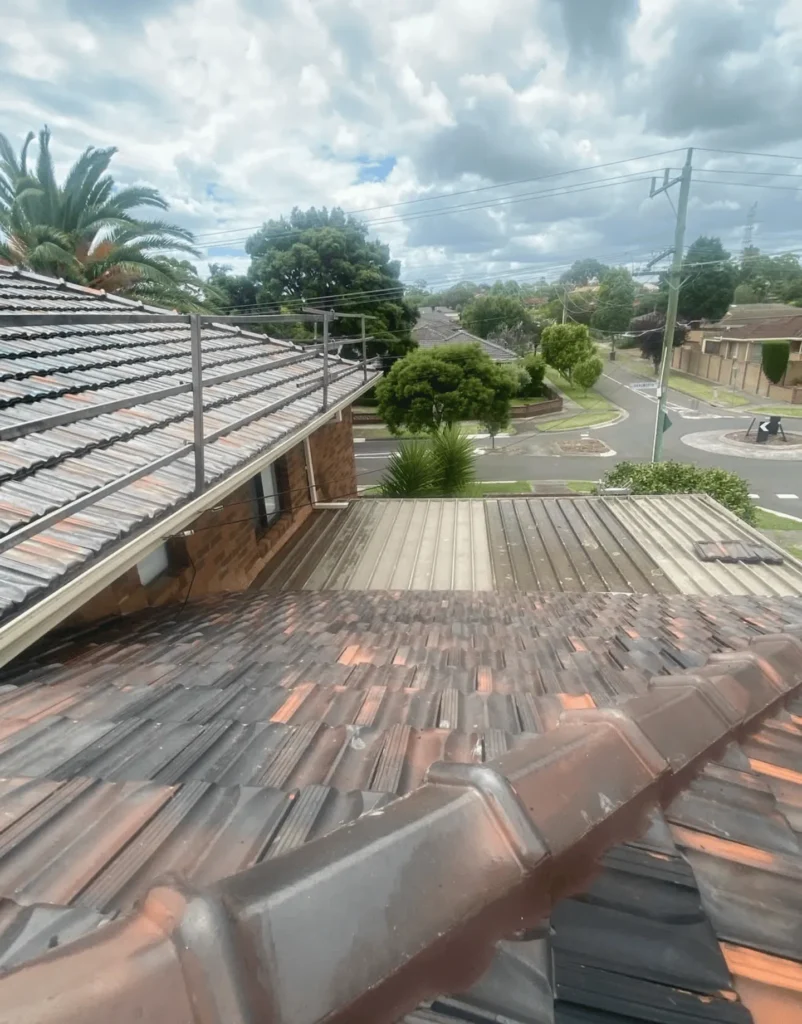
In arid or desert climates roofs are exposed to intense sun, extreme temperature fluctuations and minimal rainfall. These conditions can dry out roofing materials like asphalt shingles and metal roofing and make them brittle and crack and degrade. Dust and sand accumulation can also be an issue and clog gutters and cause water damage during rare rain events.
Recommended Cleaning Frequency: Once a year.
Tips for Dry Climates:
- Clean your roof during cooler months to avoid heat damage.
- Regular inspections are crucial to finding cracks or signs of damage to the roof deck.
- Professional roof cleaners can safely remove dust and debris without damaging the roof surface.
Temperate Climates
Temperate climates have rain, snow and sun. This means debris will build up on your roof, leaves, twigs and organic matter. If left unchecked this debris will trap moisture and algae and moss will grow and potentially damage the roof structure.
Recommended Cleaning Frequency: Twice a year, spring and fall.
Tips for Temperate Climates:
- Clean gutters and downspouts along with the roof to ensure proper drainage and no water damage.
- Use a roof rake to remove snow and prevent ice dams on asphalt shingle roofs.
- Regular roof inspections can catch damage early and minor repairs before they become major repairs.
Cold or Snowy Climates
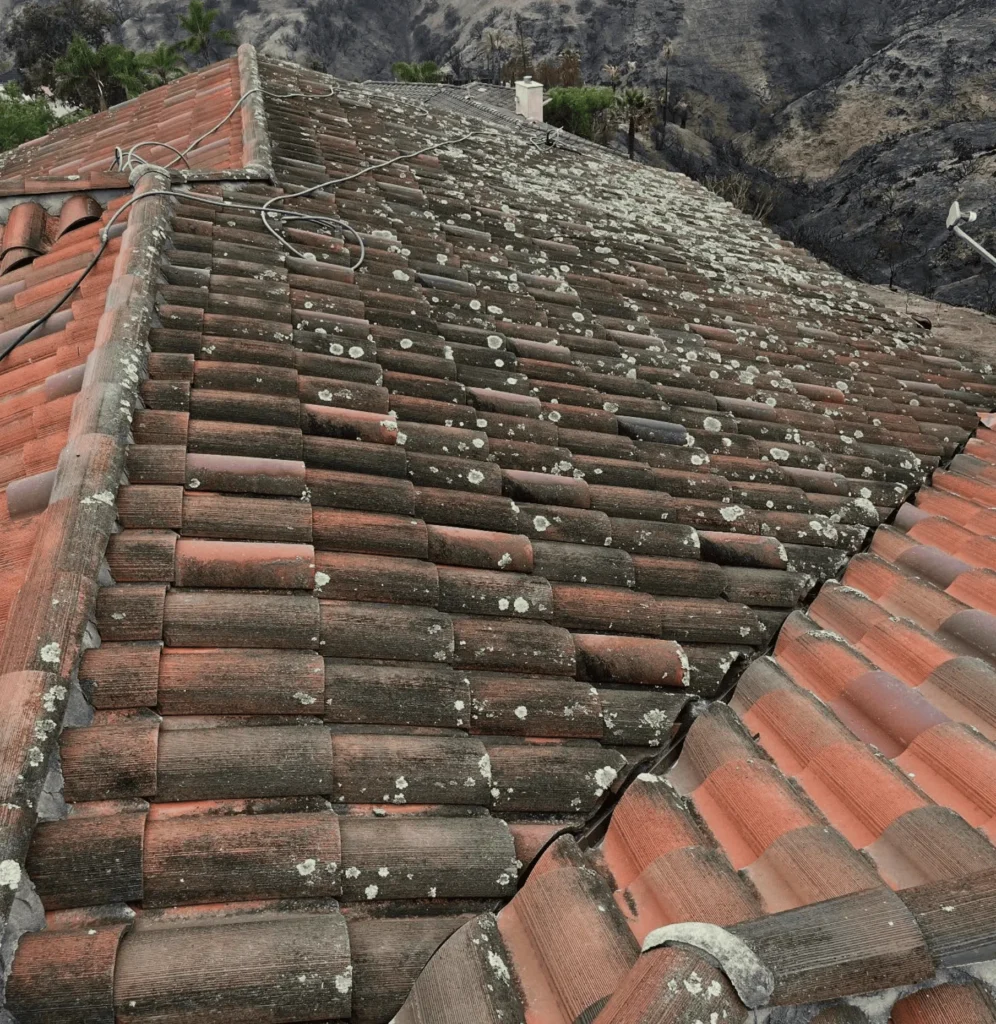
Cold climates have special challenges for roof maintenance due to heavy snowfall, ice accumulation and ice dams. The weight of snow and ice can put a lot of stress on the roof structure and if not addressed can cause structural damage.
Recommended Cleaning Frequency: Twice a year, once before winter and once after the snow has melted.
Tips for Cold Climates:
- Remove snow regularly to avoid putting too much weight on the roof, which can cause structural damage.
- Consider installing de-icing cables to reduce the risk of ice dams and water intrusion.
- Inspect for damage after the snow has melted and clean the roof to remove any debris that could cause further damage.
Coastal Climates
Coastal areas are exposed to saltwater, high humidity and strong winds. All of which can wear down roofing materials. Salt can corrode metal roofs and other types of roofing materials, high humidity can promote algae and mould growth.
Recommended Cleaning Frequency: Every 6 to 9 months.
Tips for Coastal Climates:
- Rinse the roof with plain water to remove salt deposits and prevent corrosion.
- Regular maintenance with protective coatings can extend the life of metal roofing and other roofing materials.
- Professional roof cleaning is recommended to ensure the roof is cleaned thoroughly without damaging the roof surface.
Roofing Materials and Cleaning Frequency
The type of roofing material you have will determine how often your roof needs to be cleaned. Different materials have different cleaning requirements; knowing these will help keep your roof clean and maintained.
Asphalt Shingle Roofs
Asphalt shingles are the most common roofing material, durable and affordable. But they are also prone to algae and moss growth, especially in humid climates. Regular cleaning is key to preventing growth of these biologicals and keeping your home looking good.
Cleaning Frequency: Twice a year in temperate climates, every 6 to 9 months in humid or tropical climates.
Cleaning Tips:
- Low-pressure washing or soft washing to avoid damaging the shingles and granule loss.
- Algaecides or fungicides to prevent algae and moss growth on the roof.
Tile Roofs
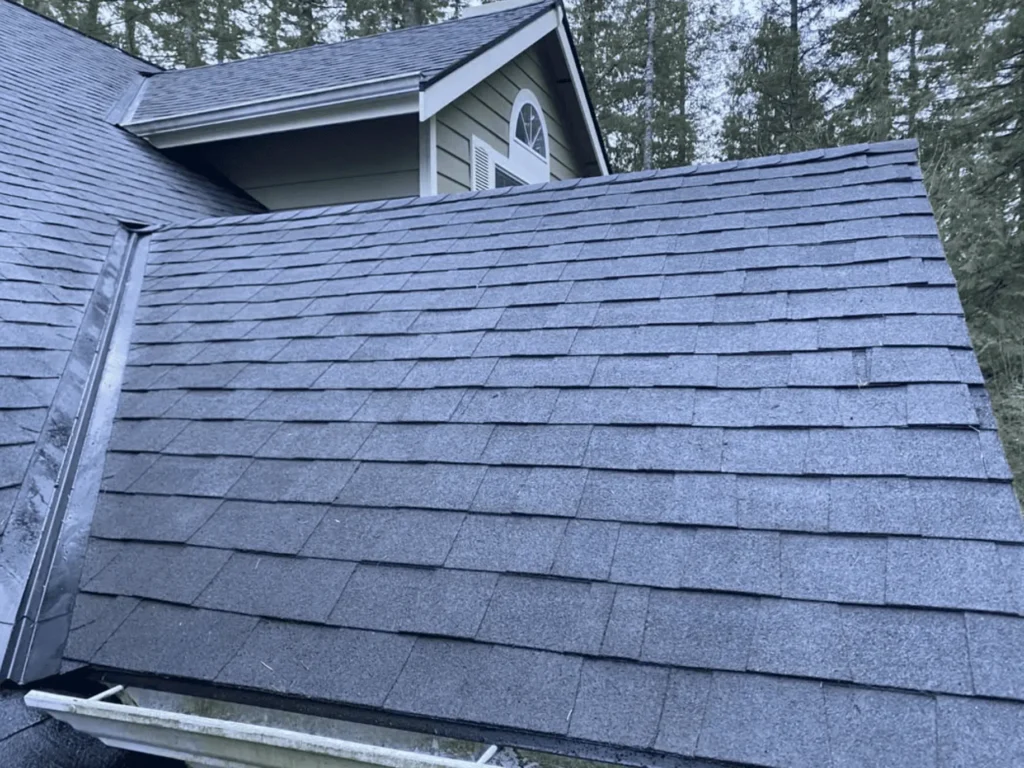
Tile roofs, concrete or clay, are durable and can last for decades with proper care. But they are prone to moss and algae growth, especially in humid or shaded areas. Cleaning is necessary to maintain the aesthetic and structural integrity of tile roofs.
Cleaning Frequency: Once a year, as needed, based on climate.
Cleaning Tips:
- Soft washing to clean tile roofs without damaging the tiles.
- Regular maintenance, removing debris and organic material, will prevent moss and algae growth.
Metal Roofs
Metal roofs are durable and weather-resistant. But they can accumulate debris, dirt and algae, especially in coastal areas where salt exposure is a concern. Cleaning maintains the reflective properties of metal roofs and energy efficiency.
Cleaning Frequency: Once a year, more often in coastal areas.
Cleaning Tips:
- Rinse the roof with plain water to remove salt deposits and prevent corrosion.
- Professional roof cleaning services to avoid scratching or damaging the surface.
DIY Roof Cleaning Risks
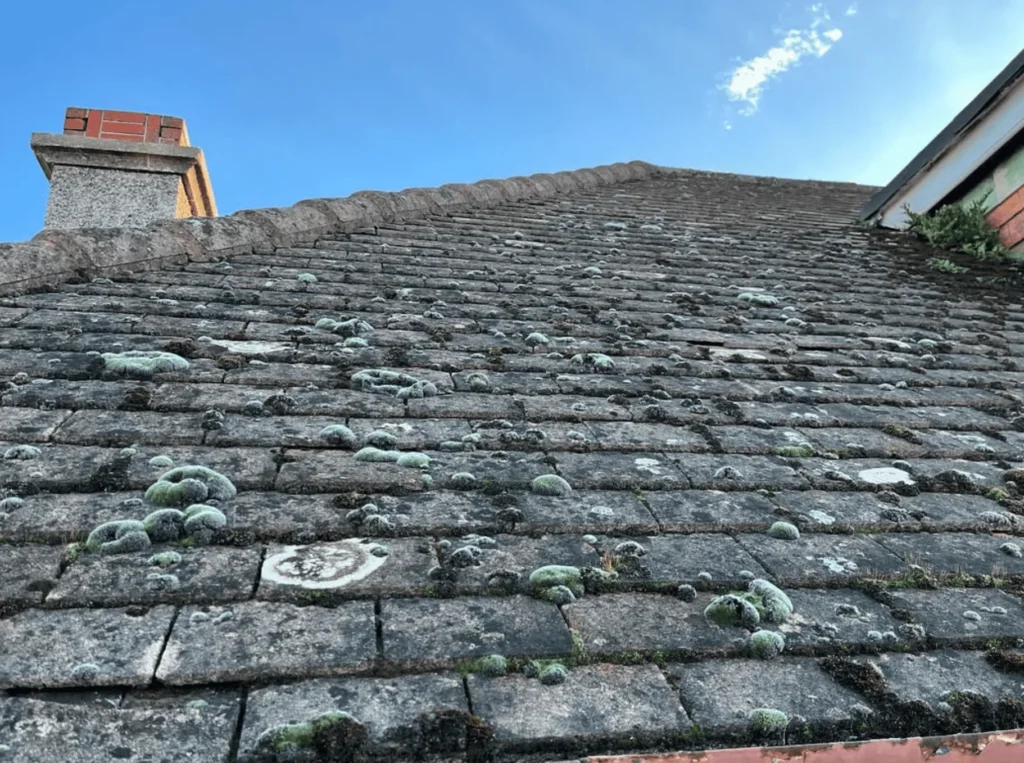
While it may be tempting to save money by cleaning your roof yourself, DIY roof cleaning is risky. Without the proper safety gear and equipment you can get seriously hurt. And using the wrong cleaning methods or chemicals can damage your roof accidentally and cost you more in repairs or even a whole new roof.
DIY Roof Cleaning Risks:
- Safety: Climbing on a roof without the proper safety harness, safety goggles and other protective gear can lead to falls and injuries.
- Roofing Materials: High pressure washers can damage asphalt shingles and other delicate roofing materials causing granule loss, leaks and reduced lifespan.
- Environmental: Using harsh chemicals for roof cleaning can harm the environment if the runoff gets into nearby water sources.
Why Hire Professional Roof Cleaners
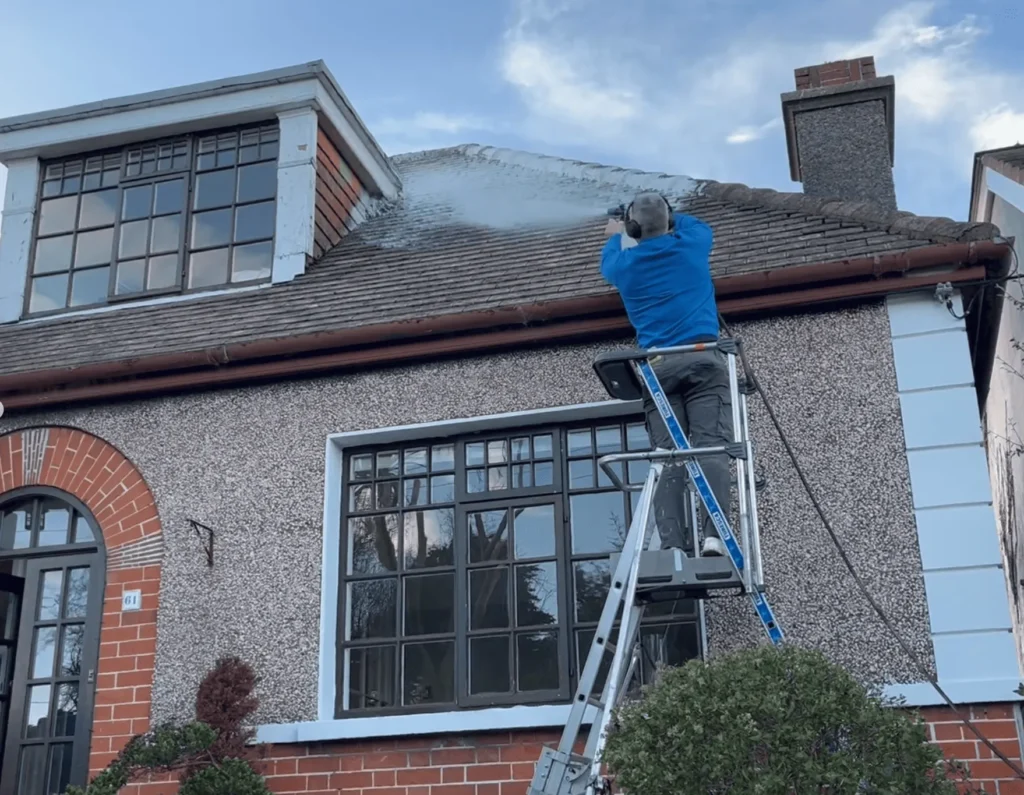
Hiring professional roof cleaners means your roof is cleaned safely and properly. Professional cleaning services, including roof cleaners near me, have the right equipment and expertise to clean all types of roofs, asphalt shingles, tile roofs, and metal roofs. They can also identify issues such as algae growth, water damage, or structural damage and give you recommendations for preventative measures.
Benefits of Professional Roof Cleaning:
- Safety: Trained to use safety precautions so you don’t get hurt.
- Effective Cleaning: Use the right cleaning method for your roof type so your roof gets cleaned thoroughly without damage.
- Cost Effective: Yes there is an upfront cost but it will save you money in the long run by preventing costly repairs and extending your roof’s life.
Long-Term Roof Maintenance
Regular maintenance is key to keeping your roof in top shape and preventing costly repairs. Apart from regular cleaning, you should also do frequent inspections to identify any potential issues such as loose tiles, clogged gutters or signs of water damage. Addressing these issues ASAP will prevent further damage and your roof will continue to protect your home for years to come.
Tips for Long-Term Maintenance:
- Regular Inspections: Schedule inspections at least twice a year to check for damage, debris buildup and other potential problems.
- Proper Maintenance: Keep your roof free from debris, organic material and biological growth by following a regular cleaning schedule.
- Professional Help: Consider hiring a professional roofing company for regular maintenance and cleaning to keep your roof in top shape.
Summary
Roof cleaning is part of home maintenance that should not be ignored. Roof cleaning frequency depends on many factors, climate, roof material, environmental conditions. Follow the tips above and you’ll have a clean and well maintained roof that not only looks good but also protects your home from damage. Whether you do it yourself or hire a professional roof cleaning service, maintenance is key to extending your roof’s life and preventing costly repairs.
FAQ
How often do I need to clean my roof?
Different types of roofs (asphalt shingles, tile, metal) have different cleaning needs. For example, tile roofs may need less cleaning than asphalt shingle roofs, which are more prone to algae growth.
Can I use pressure washing on all roofs?
While pressure washing works, use it with caution. High pressure can damage some roof materials (asphalt shingles) causing granule loss and shorter life. Low pressure or soft washing is recommended for delicate surfaces.
What are the safety risks when cleaning a roof?
Roof cleaning is dangerous due to the risk of falls, especially on steep or wet surfaces. Use safety equipment like a safety harness, safety goggles and proper footwear. It’s often safer to hire professional roof cleaners who are trained in safety precautions.
How does regular roof cleaning save energy?
A clean roof reflects sunlight better and reduces heat absorbed by the home. This can lower energy bills by improving your air conditioning system, especially in hot climates.
Why hire a professional roof cleaning service?
Professional roof cleaners have the right equipment and knowledge to clean your roof without damaging it. They can also spot hidden issues like potential leaks or structural problems that you can’t see, to prevent further damage and costly repairs.
